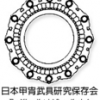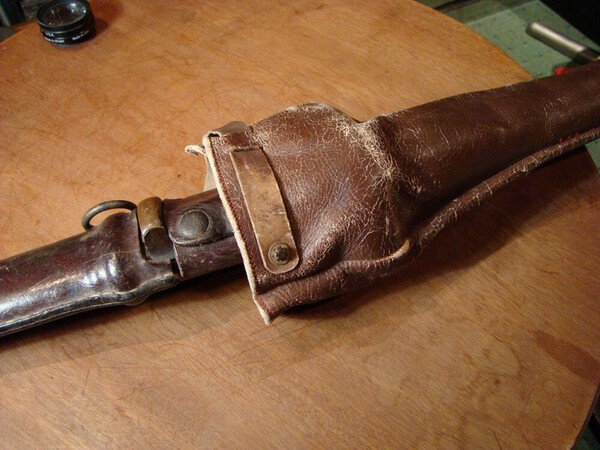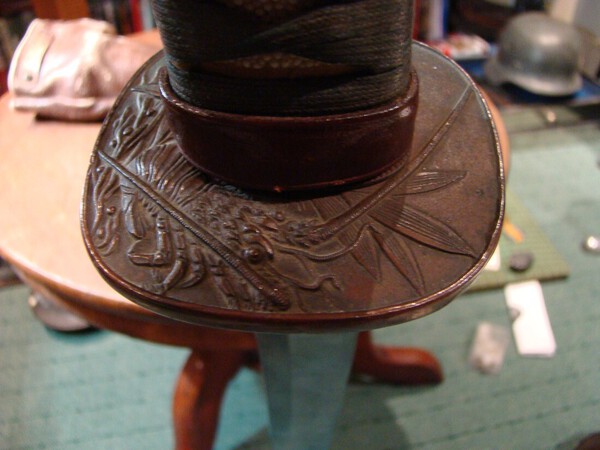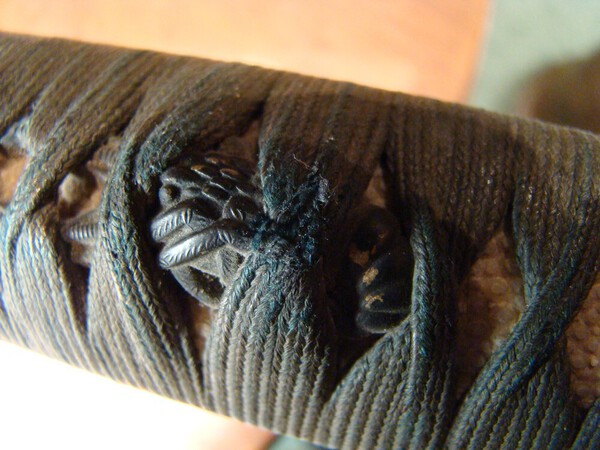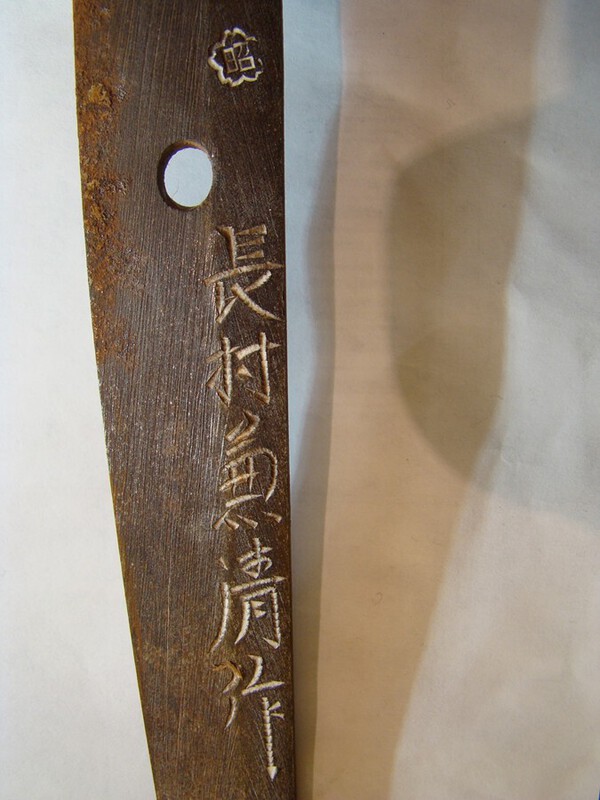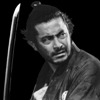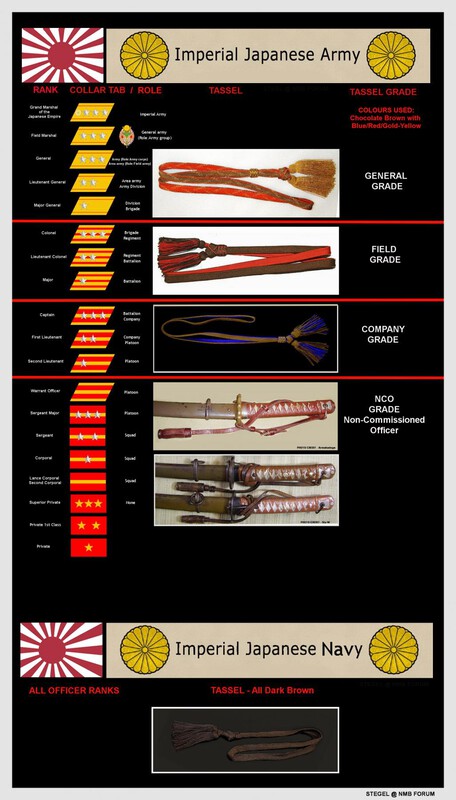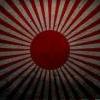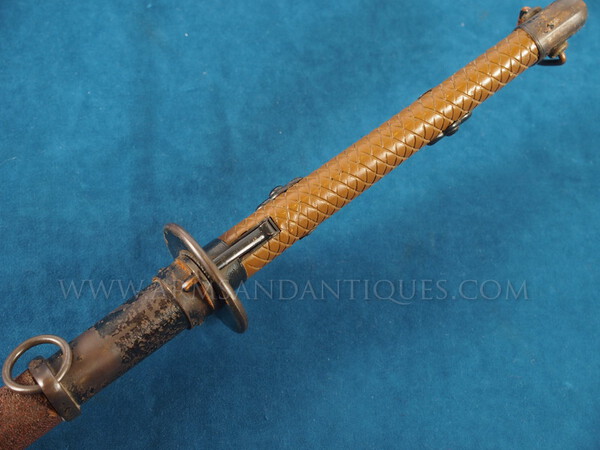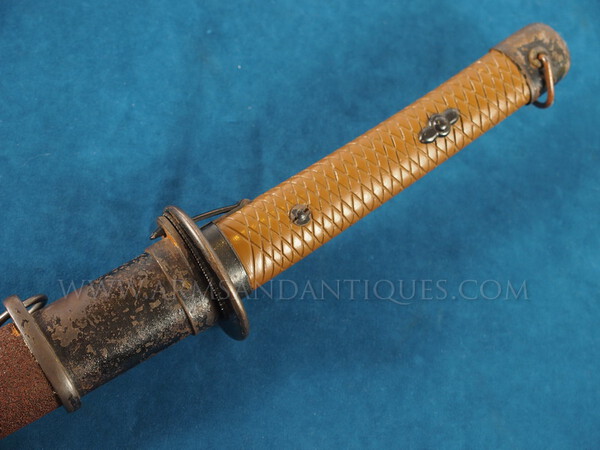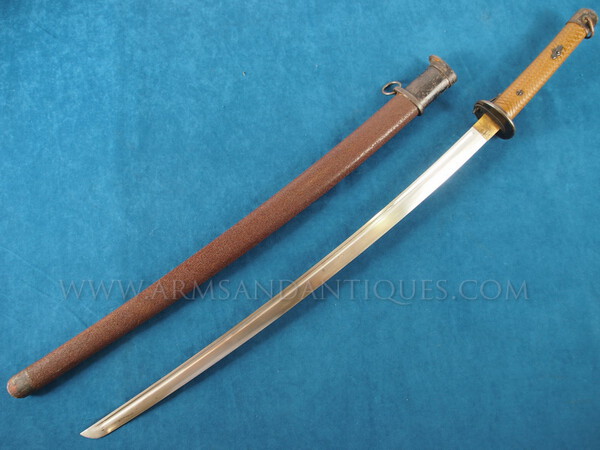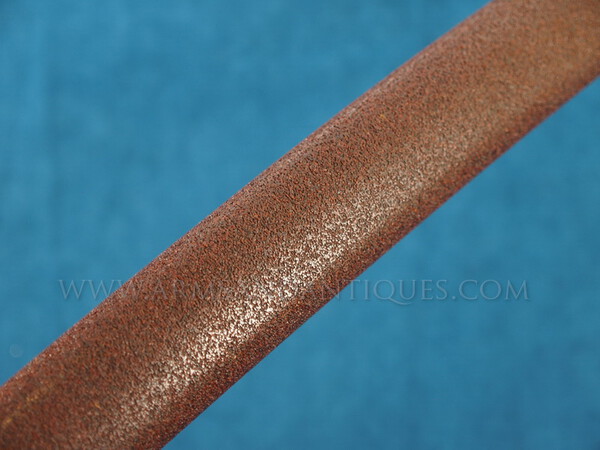Leaderboard
Popular Content
Showing content with the highest reputation on 01/19/2021 in all areas
-
4 points
-
3 points
-
Pay for a shirasaya $300 habaki $300 sword -$50. What are you waiting for?3 points
-
Dear All. Just one more to add to the record. I have seen one other of this design. (Sorry about the photographs.) I have often wondered about other fittings produced in Nagoya, the tanto that Chris posted seems to suggest that quite a lot of the fairly clunky fuchi kashira and kozuka that we see around might be from the same source. From what I have seen there is a variation in quality which is no surprise. All the best.2 points
-
We are losing the focus of this topic Gary, do you have more news about the kabuto? Endoscopic examination? the number of rivets per plate? the edge of the plates, are they bent over to fit with the koshimaki?2 points
-
I also have some medieval European helmets. It is unthinkable that someone make a new liner for these old boys. it is also unthinkable to destroy an old one as they are very rare. the approach is completely different.2 points
-
No no lad. --I've already given up a lot just to help a new one. Translating and finding them in the books then confirming signatures can be a fair bit of work. When I said, "To me #106 and #108 are interesting, but 105, 113, 114 might be worth more" I was being generously honest. Without doing the research, I would pick #106 and #108, but I might find one of the others more valuable-- if I did the work. Having been at it a long time now, those two are the ones that interest me the most in terms of materials and design. Those are the ones that I personally would pick up. I have no idea what #108 is signed, nor will I try to translate it. I found #106 odd enough that I tried to do the work on that one. It looks Kaga to me, but Kaga like that are not signed.... so I became curious what the heck it could be. The second character is more commonly found on later Higo pieces. Very curious. Unfortunately the signature yielded no more information to me. I really don't want to view it from the money angle. That is work. This is play.1 point
-
Try Mike Yamasaki. http://www.discovernikkei.org/en/journal/2009/5/22/mike-yamasaki/1 point
-
1 point
-
Dear Bert Everyone is waiting with bated breath to see what emerges on the nakago. The screw is just possibly original as they were sometimes used. Have a look in the hole on the tsuka and check which way the threads go then a pair of flat nosed pliers and some gentle manoeuvring should see it come free unless someone has peined over the other end of course. It is possible that the glue is just there to keep the fuchi in place, we can only hope. Don't try to clean anything, just a little light oil on the blade at this stage. When you do succeed in getting the tsuka off then a nice shot of the tsuba and the whole blade would be good. Whatever you find this is a genuine Japanese katana with some age to it and not any sort of tourist piece. Looking forward to seeing it. All the best.1 point
-
1 point
-
An ukebari must have been changed very often during intensive use. Most kabuto have heavily damaged ones, so when you make a new one why not make a window in it? When I was a shinsa member, the Japanese were very suspicious when we saw a closed ukebari. Not at least in the case of a kawari with brand new urushi... but if the owner wanted it to stay closed, a proper judgment was impossible.1 point
-
1 point
-
If you are going to create a nicely lined window in the ukebari, like the one in Luc's example, you have to know where the Mei is first, i.e. at the front, or at the back. Two of my kabuto have no Tehen no Ana, so I will have to consider how to see inside without creating unnecessary damage. (Naturally if there is no Mei, I will not want to have left a large hole.) In the old days, ukebari were considered expendables, like the tsuka ito on a sword handle, perishable, and fairly easily changed whenever necessary. Today there are few who can do this work, so it is not so easy to have it done. I guess it depends whether one sees an old ukebari as a valuable and instructive antique in its own right.1 point
-
There has not been a lot of school educational information in the Tosogu section for a while. I had some time off this morning and was compiling notes on a few of the Higo fuchi-kashira I own. I decided to save down to the public forum NMB some of what I've learned over the last 8 years with an interesting set. Nishigaki Yoshihiro- death date circa. 1780 ? coincides with the attributed 4th master of Nishigaki "Yoshiyuki". The details of the life of the two seem very similar. It is likely they worked in tandem as did nidai Kanshiro and his brother Nishigaki Kanpei. Given the ill health of Yoshiyuki, it is likely the Nishigaki work of the period was done by Yoshihiro. Much of the unsigned work of the period seem much more in the style of the sandai and directly of Yoshihiro. The scant Yoshiyuki work I have been able to find is not as well done as the sandai's excellent work, nor the conviction of Yoshihiro's work. Addition note: Yoshihiro work often reflects more of an Edo fashion sensibility rather than than Kyushu feel. Wave form fuchi-kashira dated 1776, probably done in August (not July) counting on the Chinese system calendar. Wave form, complete with Nishigaki signature tidal pool, is similar to the sandai. I have never yet come across a wave form work by Yoshiyuki, though I have seen signed excellent wave form examples by the 5th and 6th gen that are almost as active as Omori school waves.1 point
-
I caught and corrected an error I made. Yondai was "Yoshiyuki". I knew something was off.. If anyone copied and pasted this down into a personal file, they will need to recopy the corrected version. The translation of, "eventually adopted (originally from the Noda family) at the time...." should use the name Yoshiyuki instead of Yoshinori. The translator made a small mistake using the personal name of the sandai, not the yondai. Good to know that translator is human. I think of him as rather god-like, so maybe he is only a demigod of Japanese-English-German. ***Also this Kumamoto Yoshihiro (maybe the real 4th gen of the school) should not be confused with the Shodai Kanshiro [Yoshihiro]. Both are named Yoshihiro.... different Yoshi character. The shodai used the simple "cross on a box" Yoshi character.1 point
-
Hi Robert - I will admit indexes are not my forte, I have heard that there are indexing apps or programs you can get for a price. I always shied away because a really good index would nearly be as big as the book itself. They are already big door stops - anyone interested in doing a good index send me a PM and I will organize the digital information - Volume 3 the index? I did a four volume collection of the Ashmolean Museums collection in Oxford and had some luck that the museum had at least organized its collection into styles and schools. So those books do have a fairly general index of where to start looking. I must say the Metropolitan museum is a bit chaotic in the way they organize their material even daisho are spread from one end of the collection to the other. It was necessary to keep the acquisition numbers in sequence or you got lost. Doing a book to suit every need is not very easy and I have no formal training in it nor any help.1 point
-
Hi again Mark, Patina is natural and is mostly affected by the hand of the owner. It is customary to hold the sword unprotected by the nakago when you clean the sword. Sweat and any humidity from the hand will naturally add patina to the nakago although, yes, external factors also play a role (climate, etc). So patina is a very important asset when judging the age of a blade. It isn’t always accurate of course, but on an ubu sword like yours, it’s a good indicator of age. moreover, don’t forget that the only part being polished from time to time is the blade, not the nakago. You should never temper with the patina of a nakago or the sword will lose a lot of value. So judging by the patina, this isn’t a very old sword (note: not being very old doesn’t mean bad. There are excellent Shinshinto swords). The signature doesn’t look too good, honestly. It lacks precision and consistency I think. The file Mark being very visible is another clue to a rather recent sword. Finally, the katana is an evolution of the tachi. I don’t think I’m making a mistake by saying they appeared after that particular swordsmith lived. So if I am correct, Shigeuji would have made a tachi, not a Katana. Besides, most of the swords from that age have been shortened, yours haven’t. So the conclusion is probably Gimei. Which, again, doesn’t necessarily mean a bad sword, just a false signature.1 point
-
Ughh—never thought of that, but of course there would be a financial incentive for unscrupulous dealers to do this. (Always nice to learn even one more way the world can be awful...)1 point
-
1 point
-
John, You underestimate how lazy many of us are (myself included) and how many don't even bother opening links. If I were you, I would directly upload at least one or 2 overall pics, showing the entire blade. That will entice people to open the others.1 point
-
1 point
-
1 point
-
Ah, winter camo. That makes sense. I was thinking about it last night and considered medical corps, but that is a much more satisfying answer. As to pictures, yes! Luckily I saved some of the model with the vulcanised rubber scabbard. Upon checking the embedded site url, still got the sword listed online (though sold). I've seen another one on eBay that was identical if memory serves, and maybe another, though this was a couple of years back. Three identical swords to me means pattern, if obscure.1 point
-
It bears mentioning that a sword can be hand made and still not be a traditional nihonto. There are surely WWII era swords that show some type of hada and yet they are not considered nihonto. The definition consists of a particular kind of material (tamahagane or oroshigane), a method of construction (orikaeshi tanren) and a particular type of hardening (water quench). The Seki and Sho stamps were placed for a reason- to indicate non-traditional manufacture. One reason mentioned for these stamps was to differentiate them from traditionally made blades precisely because it was sometimes difficult to impossible to tell them apart by a visual inspection. Don't let the tail wag the dog: if it is stamped with a Seki or Sho stamp, there is most likely a reason, even if you can't see it.1 point
-
https://www.schwertshop.de/antike-japanische-katana-kaufen-aus-Japan.html The blade is already sold. http://www.sword-auction.jp/en/content/as07431-刀:無銘藤原高田賀光-katana mumei-fujiwara-takadayoshimitsu nice profit.0 points


